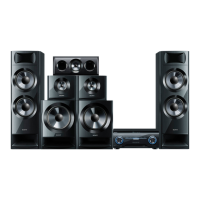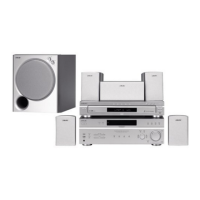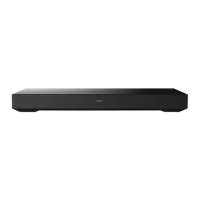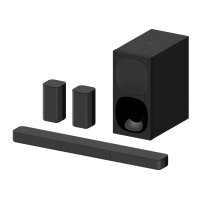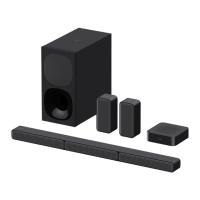What to do if recording cannot be carried out on my Sony HT-M7?
- JJennifer SalazarSep 16, 2025
If you cannot record with your Sony Home Theater System, please check the following: * Verify that the equipment is connected correctly. * Select the source equipment using the input buttons. * Note that audio input signals via HDMI IN and DIGITAL IN jacks cannot be recorded. * The source may contain copyright protection to prevent recording.
